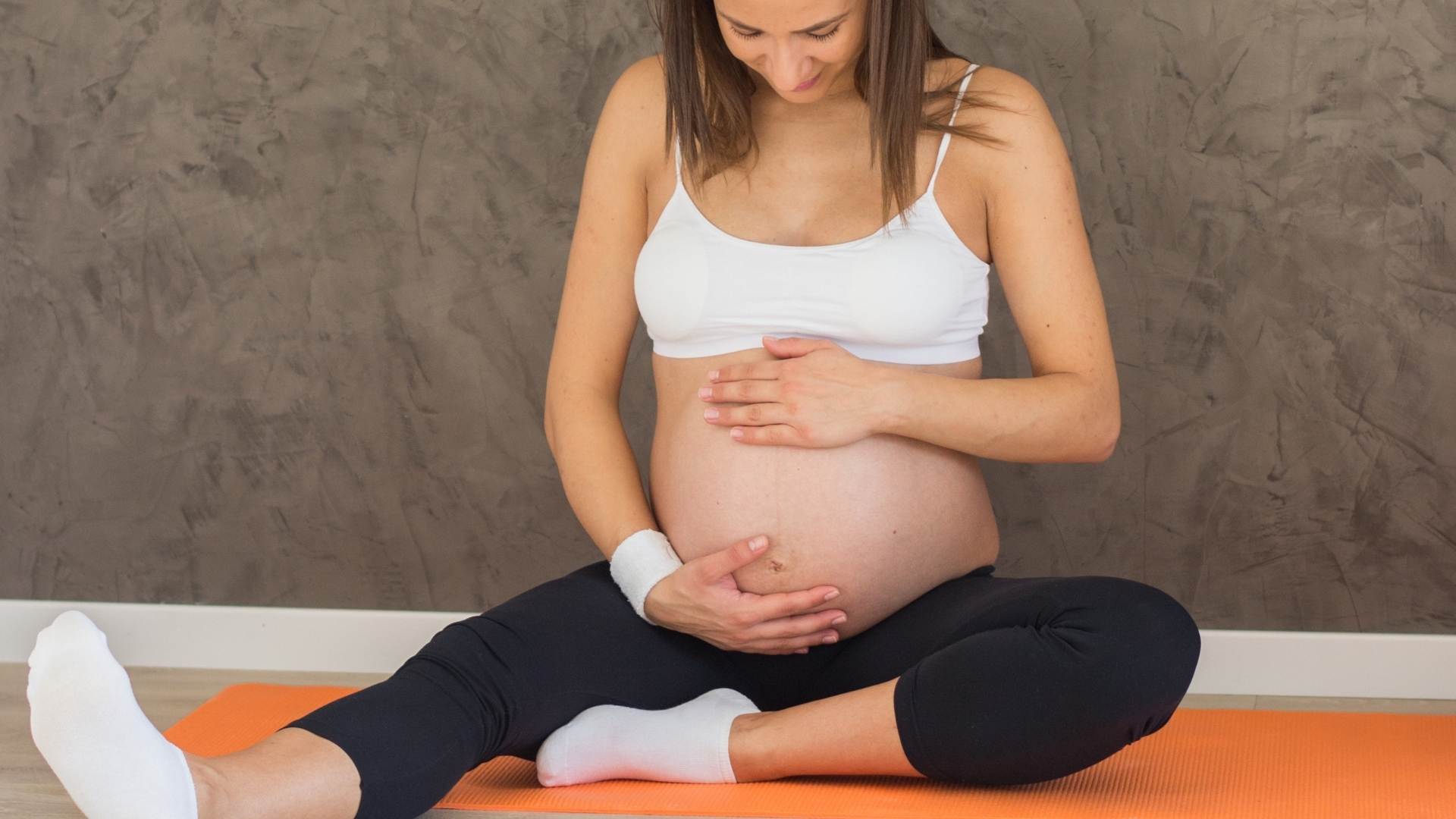Let’s Talk Pregnancy And Physio
Pregnancy is a magical time in the life of every woman. It brings anticipation, excitement, and joy that can be overwhelming at times. With pregnancy also comes many physical changes that may affect your quality of life. That’s where pregnancy physiotherapy comes in!
Prenatal or pregnancy physiotherapy is more than just pregnancy massage – it seeks to help pregnant women with any symptoms they may have during their pregnancy. This includes back pain, ankle pain, foot pain, headaches, and swelling! And prepare their bodies for labor and delivery and blur of excitement, nerves, and sleeplessness of newborn life.

In this blog post, we will explore what pregnancy physiotherapy does for you during pregnancy and how it can help improve your quality of life throughout pregnancy!
How Does Physio Help During Pregnancy?
Lower back pain, pregnancy-related pelvic girdle pain (PGP), and swelling are some of the more common complaints during pregnancy. To help alleviate these symptoms, physiotherapy treatment focuses on exercises designed to strengthen and support your whole body as it goes through a lot of changes, some exercises might be aimed at relaxation.
This is very important because it can reduce stress on other parts of your body when you pick up your baby, walk around with them in a carrier when they get heavy, and help support when you go from lying to sitting or standing.
Another pregnancy symptom that physiotherapy can help reduce is pregnancy-related low back pain (PRLBP). Pregnancy-related lower back pain typically occurs due to the strain on muscles and ligaments around the lumbar spine.
Pregnancy Hormones
The pregnancy hormones relaxin and progesterone also make the ligaments in your pelvis more flexible. This is helpful for childbirth, but can sometimes cause pain when there’s extra looseness or stretchiness of the ligaments that support joints like those in the pelvis which allow you to walk and stand. After, birth these hormones quite quickly adapt you to no longer being pregnant, which can cause some pain and stiffness, so your physiotherapist will work with you to reduce pain and stiffness through very individualized and specific exercises.
Swollen Feet And Hands
Physio can also help relieve swollen feet and hands during pregnancy. Pregnancy hormones cause fluid retention and pregnancy-related swelling can be exacerbated by standing for long periods of time.
In pregnancy, physiotherapy treatment focuses on reducing the swelling in your feet and hands as well as working to strengthen those joints that may have been affected by a pregnancy, like ankles or knees.
Headaches During Pregnancy
You might be wondering if headaches are normal during pregnancy. Yes, with the added worries and physical changes during pregnancy, headaches are very common. If you are concerned, do not hesitate to contact your doctor about your headaches.
Physiotherapy can also help with headaches during pregnancy but relieves pressure on the neck and mid-back that may be causing your headaches, but help you find ways to alleviate emotional worries and persistent thoughts that are not serving you, through mindfulness, yoga, and breathing exercises.
Prenatal Physiotherapy
Prenatal physiotherapy is a combination of hands-on therapy to alleviate pain and stiffness, aches and pains, and exercise therapy to strengthen your body in preparations for labor and delivery and newborn life, and to give you the freedom to keep feeling good as your pregnancy progresses. I like to combine aspects of yoga and pilates into my sessions with pregnant clients as well.

Pregnancy massage is also a popular pregnancy physiotherapy treatment and can help relieve pregnancy-related low back pain (PRLBP), sciatica, pelvic girdle pain (PGP), swelling of the lower extremities, as well as pregnancy exhaustion!
Prenatal yoga classes are another way to benefit from pregnancy physiotherapy. Pregnancy yoga classes help you reduce pregnancy-related low back pain (PRLBP), sciatica, and pelvic girdle pain (PGP) by helping to strengthen your hips and abdominal muscles that support your pelvis.
What Exercises Shouldn’t You Do When Pregnant?
Generally, your body will tell you. For example, your body just won’t feel good or comfortable bouncing, leaping, and jumping, or doing sudden changes in direction, jarring or jerky movements while pregnant.
And you might find it difficult to do things like abdominal exercises on the back, such as situps, after the first trimester as the bump grows. But low-impact exercises like walking, swimming and prenatal yoga, and pilates are perfect and so beneficial!
End of blog post content. Press enter to continue writing below
And if you feel tired, rest – simply listen to your body and rest when you need to.
Conclusion
I hope you found this blog helpful – if you have any questions regarding physiotherapy during pregnancy do reach out to us. Physiotherapy can be a very useful tool to help you through pregnancy as smoothly as possible.
Pregnancy is a time of great change and growth. Physiotherapy can help pregnancy symptoms like pregnancy-related low back pain (PRLBP), swollen feet and hands, headaches during pregnancy, or prenatal yoga classes to prepare your body for the transition into motherhood!
But, always remember there is strength in listening to your body and acting accordingly, your perfect was made for this, and it is perfectly capable of dealing with pregnancy and preparing you for birth, physiotherapy is simply a way to facilitate what your body is already doing. We work with the body, not against it.




